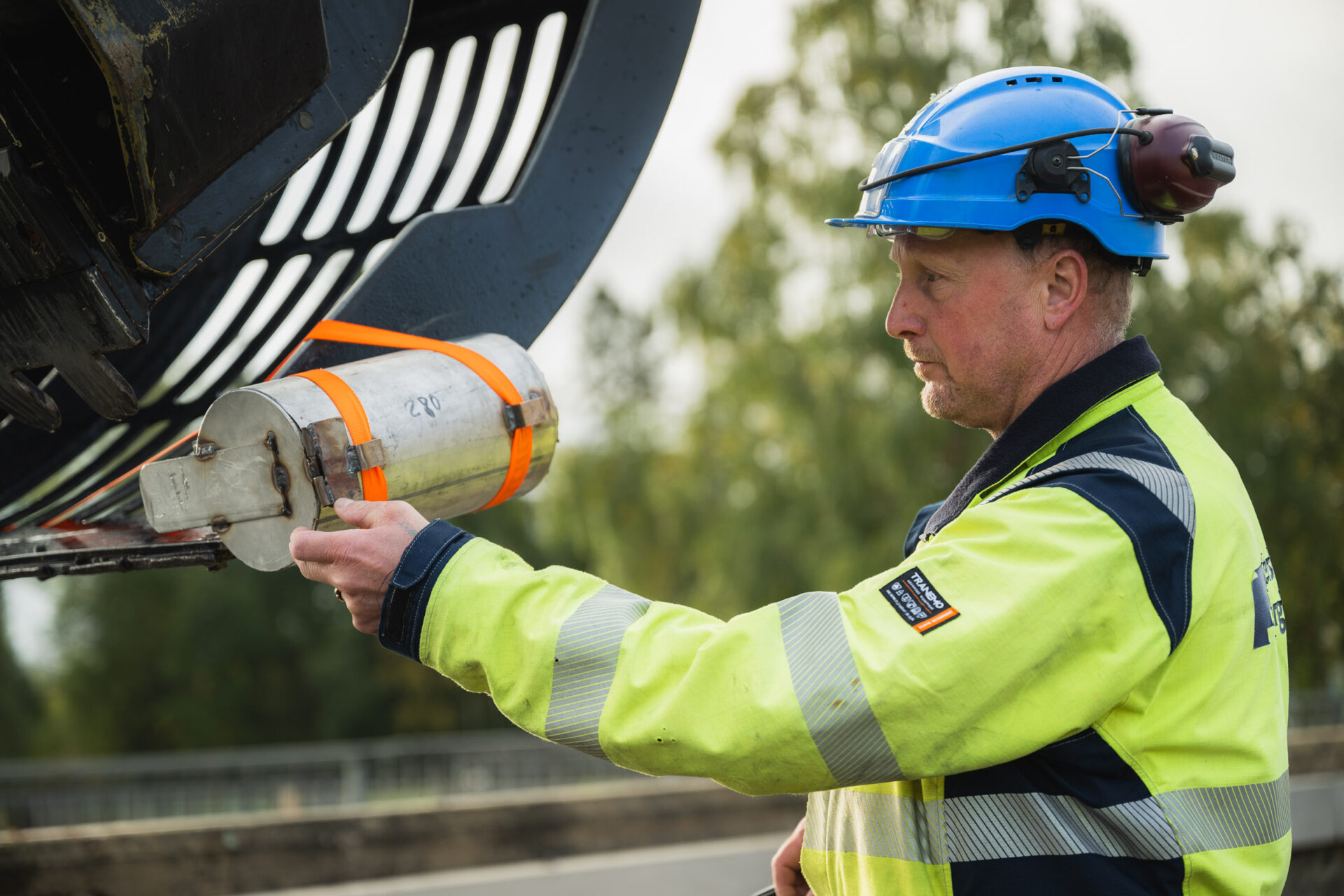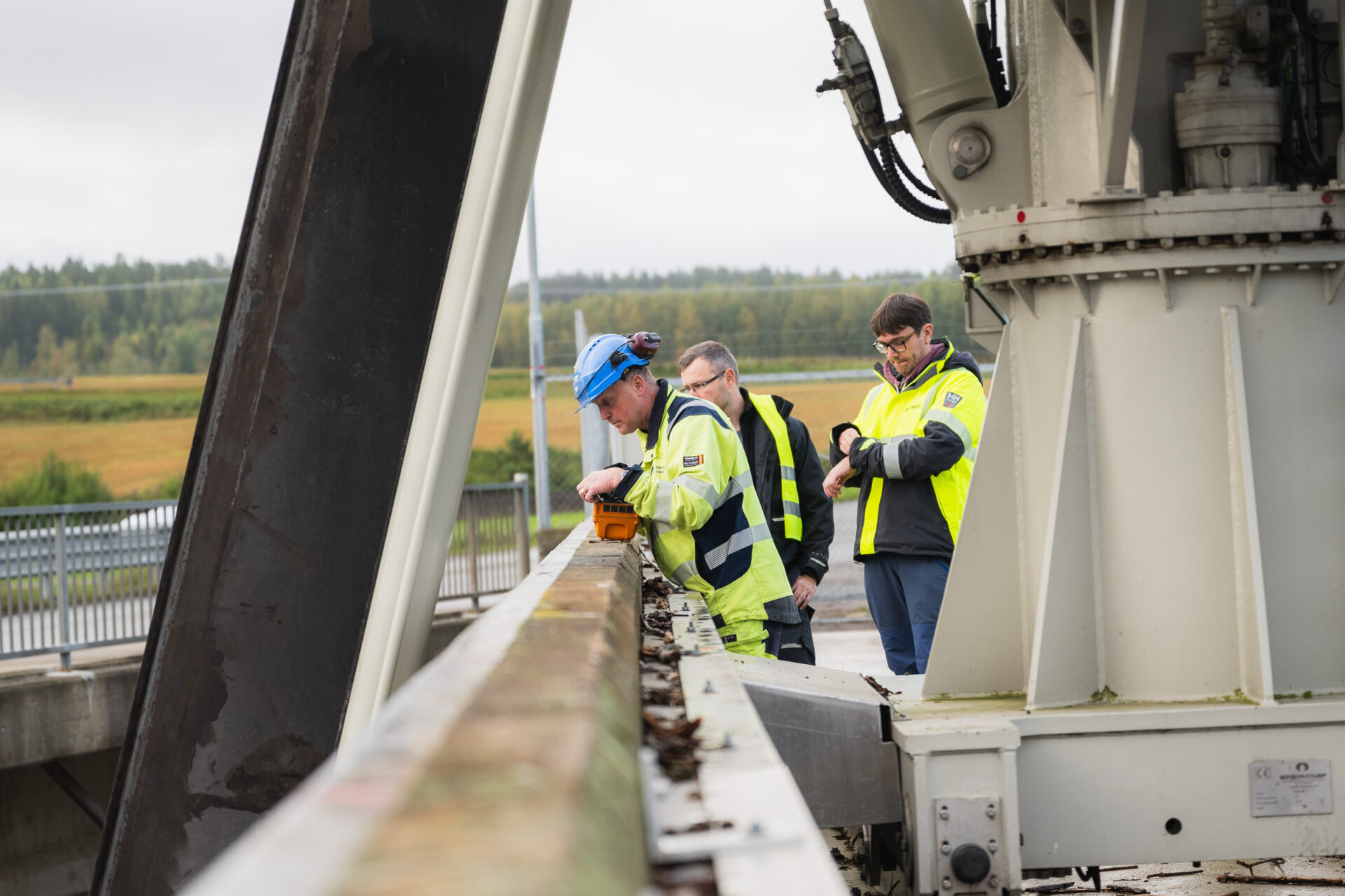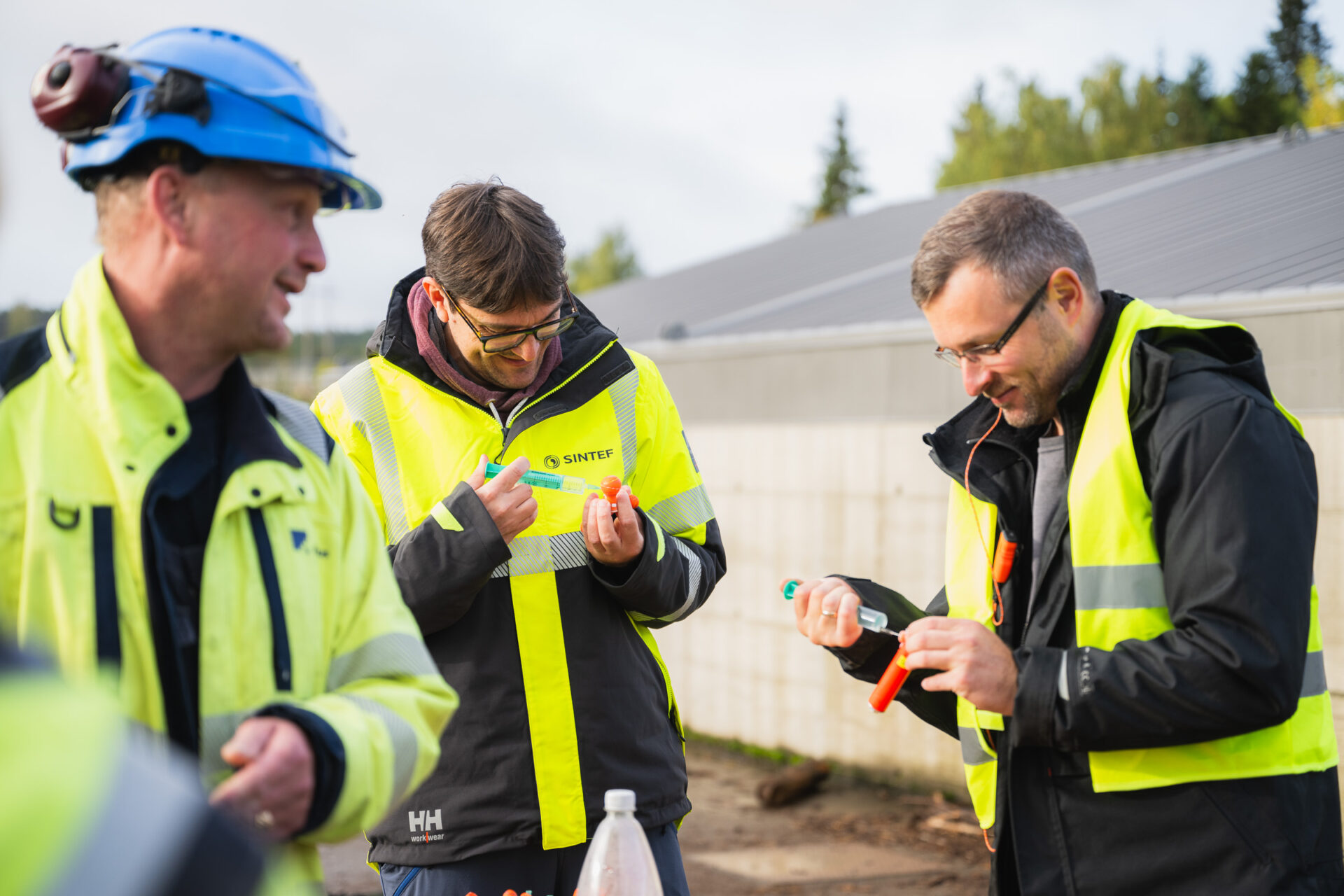Fish migration is crucial for the life cycle of many species, but human-built infrastructures can disrupt this natural process. Hydropower plants can pose risks to fish migrating downstream., which might arise from sudden pressure changes and even collisions with turbines. To better understand these risks, a recent study focused on the grayling and it is potential migration route through the Kongsvinger and Funnefoss power plants in the Glomma River system.
Understanding the risks: what is Barotrauma?
One of the concerns for downstream migrating fish passing through turbines is barotrauma, a type of injury caused by rapid changes in water pressure. As fish swim downstream and encounter hydropower turbines, they experience a sharp drop in pressure, which can damage their internal organs—especially the gas-filled swim bladders. Other risks include cavitation, where the formation and collapse of air or gas bubbles can cause tissue damage or death, and potential strikes by turbine blades, which can result in severe injury or death.
To evaluate these risks, the SINTEF Energi research team, in collaboration with a team from the Estonian TalTech university and the personnel from Akershus Energi Vannkraft AS and Hafslund Kraft AS, deployed barotrauma detection sensors (BDS) at the Kongsvinger and Funnefoss plants. These sensors are capable of measuring pressure changes, strike events, and other physical conditions fish experience while passing through turbines or gates.

Study design: tracking fish passage with sensors
The BDS sensors were deployed in both power plants to measure which is the lowest pressure experienced during turbine passage (Nadir pressure), and r how fast the pressure changes over time (Pressure rate of change). In addition, blade strike events, that is the number of times a fish may collide with a turbine blade or other structure, were visually counted by identifying marks on the sensors.
At Funnefoss, four scenarios were tested with sensors deployed at different depths in the turbine (maximum, mid, minimum), and through a fish downstream passage equipped with a tilting gate. Similarly, at Kongsvinger, sensors were released at different depths and at two different discharges for a total of four scenarios.
In this video from Akershus Energi, you can see the process:
Results: A low overall risk, but some concerns
The results from the two power plants showed encouraging signs for fish survival, with generally low risks of injury or mortality. However, a few specific scenarios revealed potential dangers:
At Funnefoss power plant, most pressure data indicated low risk, with minimal pressure drops. One scenario at Funnefoss (maximum depth at a production of 400 m³/s through the turbines) showed some values near the threshold for fish injury. Adult grayling in particular was at a slightly higher risk in this scenario, but the risk for juvenile grayling remained low. Strike events were infrequent, with only one scenario showing up to 15% of sensors being hit. Fish passing through the downstream fish passage experienced safer conditions compared to those passing through turbines, as pressures through the spill gate were more predictable and stable.
Similar to Funnefoss, Kongsvinger’s results indicated a low risk of fish injury. Only one out of 116 pressure readings exceeded risk thresholds, and most fish passage scenarios were considered safe. However, the variability in pressure readings was higher during scenarios with maximum turbine discharge, suggesting that managing adequate discharge levels could play a role in further reducing risks.
One of the major findings of the study was the impact of turbine flow on fish safety. When turbines operate at higher discharges, pressure variability increases, which can lead to a higher risk for migrating fish. For example, at Funnefoss, fish passing through turbines at maximum depth and high discharge faced a small but noticeable risk of injury. This suggests that careful management of turbine discharge, especially during periods of peak fish migration, could help reduce the dangers.
Interestingly, the study also found that strike events were relatively rare, occurring in only a small fraction of cases.
The results were compared to a similar study conducted at other hydropower plants in other European countries, and they showed comparable Nadir pressure values and pressure rate changes.

Recommendations for Future Research and Management
While this study provided valuable insights into the risks faced by fish in hydropower systems, it also highlighted areas where further research is needed:
- Turbine flow variability: more studies are required to understand the effects of different discharge and depths on fish passage, especially during varying seasonal river conditions. This recommendation has been reinforced by the findings of another study conducted by the SINTEF Energi research group in Sweden.
- Comparing different hydropower plants: investigating other power plants along the Glomma River could help identify site-specific risks and mitigation strategies.
- Weirs, spillways, downstream fish passage: local conditions at these structures may pose similar risks to fish compared to turbines regarding strike events against structures. Assessing these conditions could help improve overall fish safety.
- Fish migration patterns: a better understanding of how different species, such as grayling, migrate through the Glomma River system would help optimize hydropower plant operations for fish conservation.
- Threshold values for fish survival: validating the critical pressure thresholds for different fish species and life stages would improve the accuracy of risk assessments.
Conclusion: balance between energy and ecology
Hydropower plants are essential for renewable energy generation, but they must also coexist with the river ecosystems. By continuing to study turbine operations and improve flow management hydropower operators can help protect fish populations while maintaining energy production.










Comments
No comments yet. Be the first to comment!